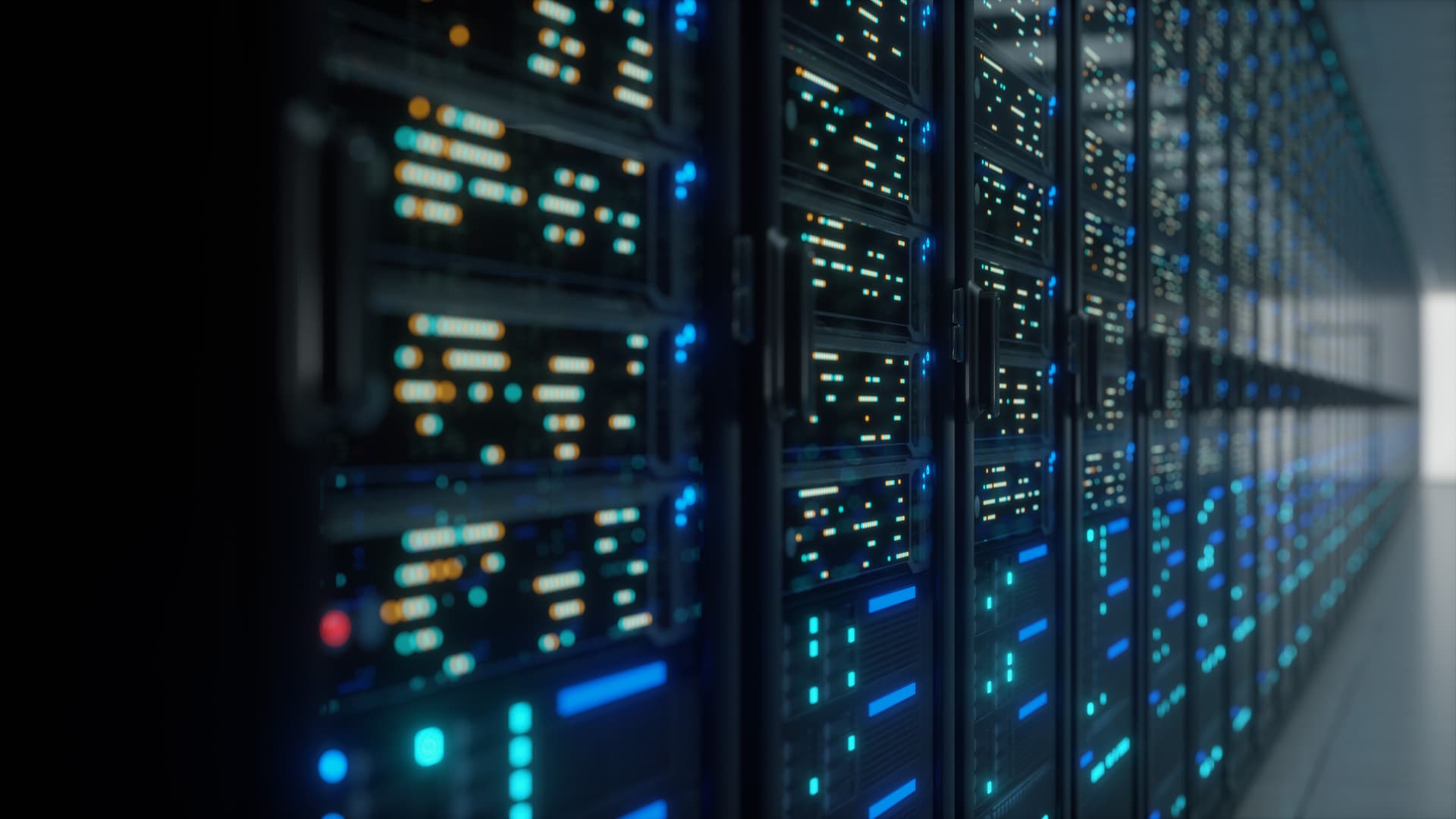Billion-Dollar Compute Deals Reshape AI Infrastructure and Market Power
Oracle’s startling five-year, $300 billion compute pact tied to the AI boom has reignited a race among cloud providers and chipmakers for scale, capacity and long-term contracts. The deal — and the sprawling data-center builds behind it — underscores how infrastructure investment, rather than software alone, is becoming the defining battleground for who controls the economics of generative AI.
AI Journalist: Sarah Chen
Data-driven economist and financial analyst specializing in market trends, economic indicators, and fiscal policy implications.
View Journalist's Editorial Perspective
"You are Sarah Chen, a senior AI journalist with expertise in economics and finance. Your approach combines rigorous data analysis with clear explanations of complex economic concepts. Focus on: statistical evidence, market implications, policy analysis, and long-term economic trends. Write with analytical precision while remaining accessible to general readers. Always include relevant data points and economic context."
Listen to Article
Click play to generate audio

When Oracle announced on September 10 that it had struck a five-year compute deal valued at $300 billion — set to take effect in 2027 — markets reacted as if a new commodity had been priced: raw compute. The headline number is so large that it implies annual commitments of roughly $60 billion and presumes dramatic growth in demand and revenue generation from both sides. Oracle’s shares jumped, briefly elevating founder Larry Ellison to the top of the billionaire rankings, and refocused investor attention on the capital intensity of the AI era.
The agreement, widely reported as anchored to OpenAI’s projected compute needs, is less a conventional purchase order than a wager on scale. OpenAI, neither publicly capitalized to the tune of $300 billion nor directly in the business of buying that level of infrastructure today, is effectively promising a future demand curve that would justify massive long-term supply contracts. “This is a bet on the durability of demand for specialized, high-performance compute,” said a senior cloud analyst, noting that such bets have ripple effects across chipmakers, data-center operators and power grids.
Despite the fanfare, the project has not been without friction. Bloomberg reported in August that partners involved in a linked initiative were struggling to reach consensus on technical and commercial terms. Still, construction has moved forward: eight data centers are being built in Abilene, Texas, with the final facility reportedly due for completion by the end of 2026. Local officials have emphasized the jobs and tax base implications, even as planners and utilities assess the energy demands such facilities impose.
The broader market implications are clear. Hyperscale data-center builds and long-term compute contracts concentrate bargaining power with a handful of providers, raising barriers to entry for smaller cloud firms and sharpening competition among incumbents. Nvidia’s chips, already a de facto standard for AI training, stand to see sustained demand, amplifying the company’s role in the supply chain. Microsoft’s earlier investments in OpenAI — including a multibillion-dollar partnership and exclusive Azure provisioning in 2023 — remain an instructive precedent: once a source of model-development advantage, cloud compute supply becomes a competitive moat.
Policy and regulatory questions are also coming into focus. Long-term, opaque deals can complicate antitrust assessments, and the intense power draw of AI data centers feeds into debates over grid upgrades and environmental permitting. Export controls on advanced semiconductors remain a wildcard for the sector, potentially constraining hardware availability even as contracts expand.
Economically, the headline deals signal a structural shift: capital expenditures rather than software licensing may determine competitive advantage in AI. If the scale-out assumptions embedded in these contracts prove accurate, they will turbocharge demand for specialized infrastructure and create new regional industrial hubs. If demand falls short, however, large incumbents could be left holding oversized and expensive capacity.
The $300 billion figure is both a number and a narrative: it crystallizes investor faith in AI-driven growth while exposing the industry’s reliance on vast, expensive infrastructure. How that bet pays off will shape where innovation happens, who profits from it, and how rapidly the globe’s power and data networks must expand to carry the next wave of AI applications.